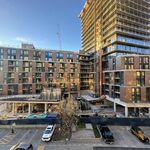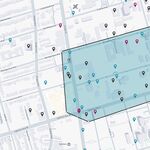TheTigerMaster
Superstar
I don't think you can deny that technically an LRT vehicle is a streetcar (i.e. street train) that predominantly operates in it's on ROW. There are a wide range of different LRT examples, some with light priority, some without. So essentially, an at-grade LRT line is essentially a streetcar line with a ROW and other accompanying technologies to improve the speed of the line. Just like how an LRT line going underground in a tunnel is a subway (i.e. an underground metro line).
I think sometimes people get too caught on technicalities with track gauge and little details. In plain black and white terms, an LRT is a streetcar in its own ROW and with traffic priority technology.
Those technicalities are extremely important. Saying an LRT is a streetcar is like saying that a motorcycle is exactly like a car but with 2 less wheels.




